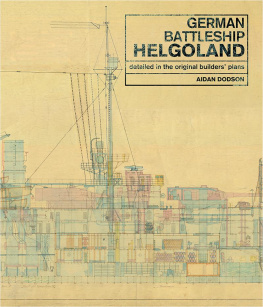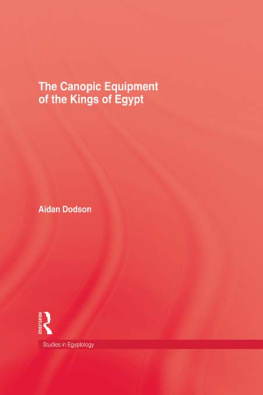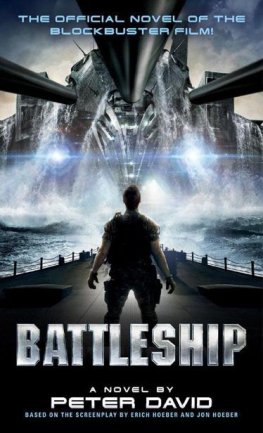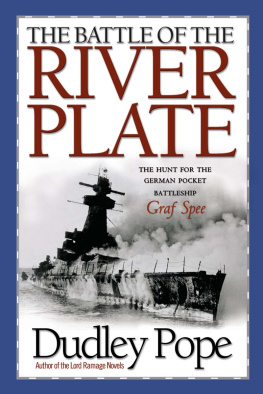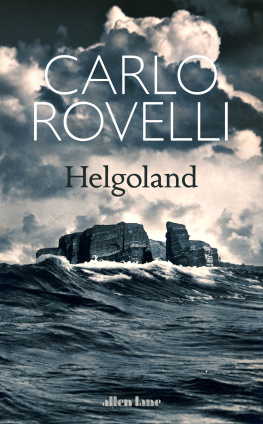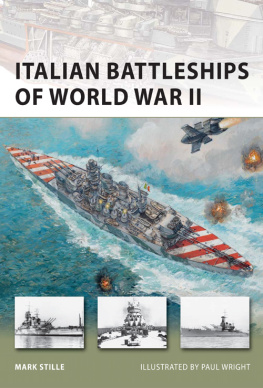Aidan Dodson - German Battleship Helgoland
Here you can read online Aidan Dodson - German Battleship Helgoland full text of the book (entire story) in english for free. Download pdf and epub, get meaning, cover and reviews about this ebook. year: 2019, publisher: Naval Institute Press, genre: Home and family. Description of the work, (preface) as well as reviews are available. Best literature library LitArk.com created for fans of good reading and offers a wide selection of genres:
Romance novel
Science fiction
Adventure
Detective
Science
History
Home and family
Prose
Art
Politics
Computer
Non-fiction
Religion
Business
Children
Humor
Choose a favorite category and find really read worthwhile books. Enjoy immersion in the world of imagination, feel the emotions of the characters or learn something new for yourself, make an fascinating discovery.
- Book:German Battleship Helgoland
- Author:
- Publisher:Naval Institute Press
- Genre:
- Year:2019
- Rating:3 / 5
- Favourites:Add to favourites
- Your mark:
- 60
- 1
- 2
- 3
- 4
- 5
German Battleship Helgoland: summary, description and annotation
We offer to read an annotation, description, summary or preface (depends on what the author of the book "German Battleship Helgoland" wrote himself). If you haven't found the necessary information about the book — write in the comments, we will try to find it.
German Battleship Helgoland — read online for free the complete book (whole text) full work
Below is the text of the book, divided by pages. System saving the place of the last page read, allows you to conveniently read the book "German Battleship Helgoland" online for free, without having to search again every time where you left off. Put a bookmark, and you can go to the page where you finished reading at any time.
Font size:
Interval:
Bookmark:


GERMAN BATTLESHIP
HELGOLAND


Half title image: The badge for SMS Helgoland is the islands arms, which uses colours that have formed the basis for its flag since the seventeenth century. The colours are said to symbolise the land (green), the cliffs (red) and the sands (silver). (Drawing by Stephen Dent)
Frontispiece: An enlarged section of the profile. (J9174)
Copyright Seaforth Publishing 2019
Plans copyright National Maritime Museum, Greenwich 2019
This edition first published in Great Britain in 2019 by
Seaforth Publishing,
An imprint of Pen & Sword Books Ltd,
47 Church Street,
Barnsley
South Yorkshire S70 2AS
www.seaforthpublishing.com
Email: info@seaforthpublishing.com
Published in association with Royal Museums Greenwich, the group name for the National Maritime Museum, Cutty Sark, the Royal Observatory, and the Queens House
British Library Cataloguing in Publication Data
A catalogue record for this book is available from the British Library
ISBN 978 1 5267 4759 4 (Hardback)
Mobi ISBN 978 1 5267 4761 7 (Kindle)
eISBN 978 1 5267 4760 0 (ePub)
All rights reserved. No part of this publication may be reproduced or transmitted in any form or by any means, electronic or mechanical, including photocopying, recording, or any information storage and retrieval system, without prior permission in writing of both the copyright owner and the above publisher.
Helgoland , and her three sisters, Thringen, Ostfriesland and Oldenburg , were the first German battleships to mount 30.5cm (12in) guns, and the navys second class of all-big-gun dreadnought battleships. Helgoland was named after the eponymous North Sea island, ceded to Germany by Great Britain in 1890, and since developed as a major naval base; her sisters were named after two Prussian provinces, and the grand duchy of Oldenburg.
The first modern true battleships of the German navy were the Brandenburg class of the 1889/90 naval construction programme, exceptionally heavily armed with six 28cm (11in) guns in twin turrets on the centre line. However, their successors, the Kaiser Friedrich III and Wittelsbach classes (18941900 programmes), carried the predreadnought-standard four main guns, but of the unusually light 24cm (9.4in) calibre. German doctrine assumed engagements at close range, where volume of fire, both from the main battery and the 15 cm (5.9in) secondary guns, was regarded as likely to be more effective than individually heavier shells fired less frequently by bigger main guns.
Thus, even when main calibres were increased in the Braunschweig and Deutschland classes (19011905 programmes), it was only back to 28cm, rather than up the 30.5cm bore that was by now effectively the world standard; secondary guns were, however, increased to 19cm (6.7in).The 28cm calibre was thus the baseline when consideration began to be given to the design to be used for the ships of the 1906 programme.
However, by this time, the fitting of guns of calibres intermediate between those of the main and secondary batteries was becoming common in overseas navies. The US battleships of the 19001904 programmes and Italian vessels of the 1898, 1901 and 1902 programmes all carried 8in (20.3cm) guns, French ships 19.4cm (7.6in) weapons, and the British vessels of 1901/02 and 1902/03 estimates 9.2in (23.4cm) guns. Accordingly, the first proposals for the successors to the Deutschland class had intermediate batteries of up to sixteen 21cm, or ten 24cm (9.4in) guns, in addition to the standard pair of 28cm twin turrets. This crystallised into a scheme with two twin 28cm and four twin 21cm turrets, plus four single 21cm guns in casemates, and was approved by the Kaiser on 7 January 1904. However, an intelligence report was then received that the new British Lord Nelson class would have a secondary battery of ten 10in (254mm) guns (in reality they had 9.2in weapons), that they would displace 18,000 tons (actually 16,500), and that the next generation of ships would be even more heavily armed. Accordingly, a new round of designs was instituted, either with the 21cm guns arranged in six twin turrets, or replacing the intermediate battery with four more 28cm guns, in single turrets on the beam. The latter were then replaced by twins, giving the final main battery of a dozen guns, arrived at almost by accident.
This hexagonal arrangement of main guns was less economical than the layouts found in the other first generation dreadnoughts. Thus, the US Michigan, with four turrets in pairs superimposed fore and aft, could bring their entire main battery of eight 12in to bear on the broadside, while Dreadnought, with three centre line mountings and one pair of wing turrets, could fire eight out ten guns on the broadside. In contrast, Nassau could only deploy eight out of twelve guns thus, although it was argued that there was an advantage in having unused guns on the disengaged side, either to guard against attacks from this direction, or acting as a reserve against damage.
Unlike Dreadnought, which had nothing between her 12in and 12pdr anti-torpedo-boat guns, the German design retained a secondary battery of 15cm guns (downgraded from the Deutschlands 19cm weapons), still intended for use against other battleships at the anticipated short battle ranges. For use against torpedo craft, the traditional 8.8cm (3.5in) tertiary battery (going back to the Brandenburg class) was retained.The first of four ships, Nassau, was ordered on 31 May 1906, although construction did not actually begin until July Nassau commissioned on 1 October 1909, her sister Westfalen following in November, and Rheinland and Posen in April and May 1910. By the latter month, the UK had commissioned seven dreadnought battleships and three battlecruisers.
Although it was early recognised that the 28cm-armed Nassaus were under-armed, as compared with the universal employment of 30.5cm guns in dreadnoughts built or building abroad, the financial impact of another step-change closely following on from the shift from predreadnought to dreadnought (Nassau cost 50 per cent more than a Deutschland) made it impossible to contemplate any move to a bigger gun until the 1908 programme. Financial pressures were compounded by the fact that size of the German navy had been legally fixed by Fleet Laws, passed in 1898 and 1900, and a 1908 amendment to the latter, which brought forward the date at which existing ships became due for replacement, meant that the battleship-construction drumbeat would be increased from the current two ships a year, to three during the 19081911 programmes.
Accordingly, since simply enlarging the Nassau design to mount 30.5cm guns had been calculated to require an extra 4000 tons, a number of smaller, and thus hopefully cheaper, ten-gun alternatives were also considered, with guns in a variety of (sometimes novel) configurations (see opposite). Eventually, however, the Nassau turret arrangement was accepted after all (with a cost increase of 20 per cent), with Scheme 13d2 adopted on 16 December 1907 as the basis for final detail work. Ersatz-Siegfried (to be Helgoland), Ersatz-Oldenburg (Ostfriesland) and Ersatz-Beowulf (Thringen) were ordered under the 1908 programme, with Ersatz-Frithjof (Oldenburg) following in 1909.The Ersatz names reflected the fact that the ships were, legally-speaking, replacements for old coast-defence vessels launched between 1884 and 1891, although far exceeding them in size and capability.
Font size:
Interval:
Bookmark:
Similar books «German Battleship Helgoland»
Look at similar books to German Battleship Helgoland. We have selected literature similar in name and meaning in the hope of providing readers with more options to find new, interesting, not yet read works.
Discussion, reviews of the book German Battleship Helgoland and just readers' own opinions. Leave your comments, write what you think about the work, its meaning or the main characters. Specify what exactly you liked and what you didn't like, and why you think so.

